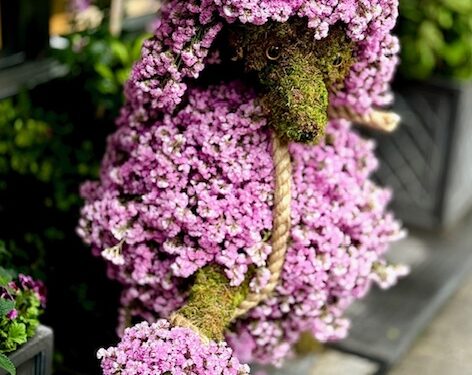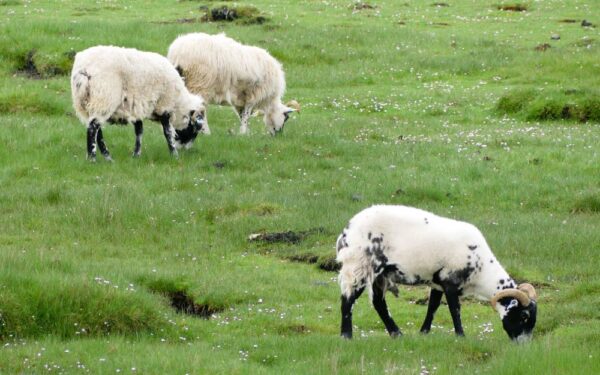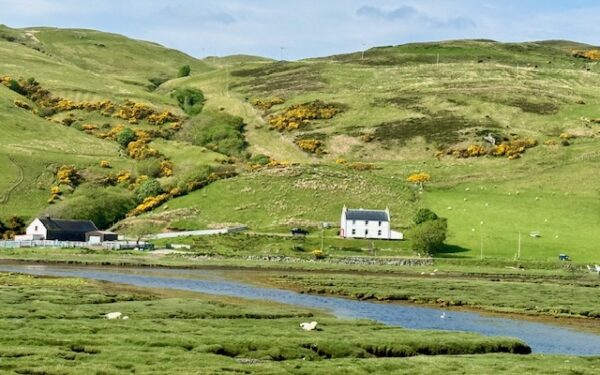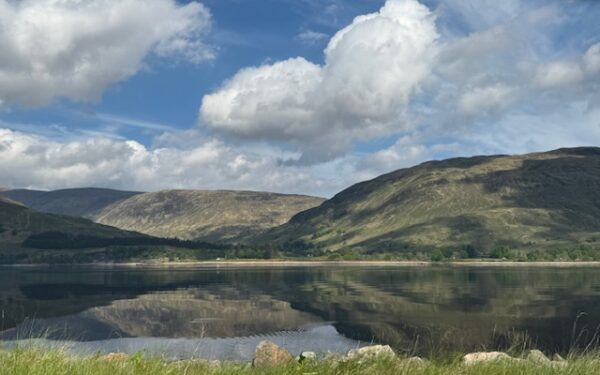“If you go back to the Greeks and Romans, they talk about all three – wine, food, and art – as a way of enhancing life.” Robert Mondavi

Mar 22, 2017
Today we left Guimares, towards Porto, with a little detour to the Upper Douro Wine growing area of northern Portugal. Little did we know that Gloria(bad GPS) will take us the long way up the mountains and into light snowfall.
Then we finally crossed our last valley. The landscape opened to vineyards climbing from the river to steep terraces high up the mountains. Crossing a modern bridge and one centuries-old wide enough for a donkey cart we arrived at our first winery.
Quinta de Pacheca is a small boutique winery, our guide for the tour, Joanna gave us a full explanation of the process of making Port.
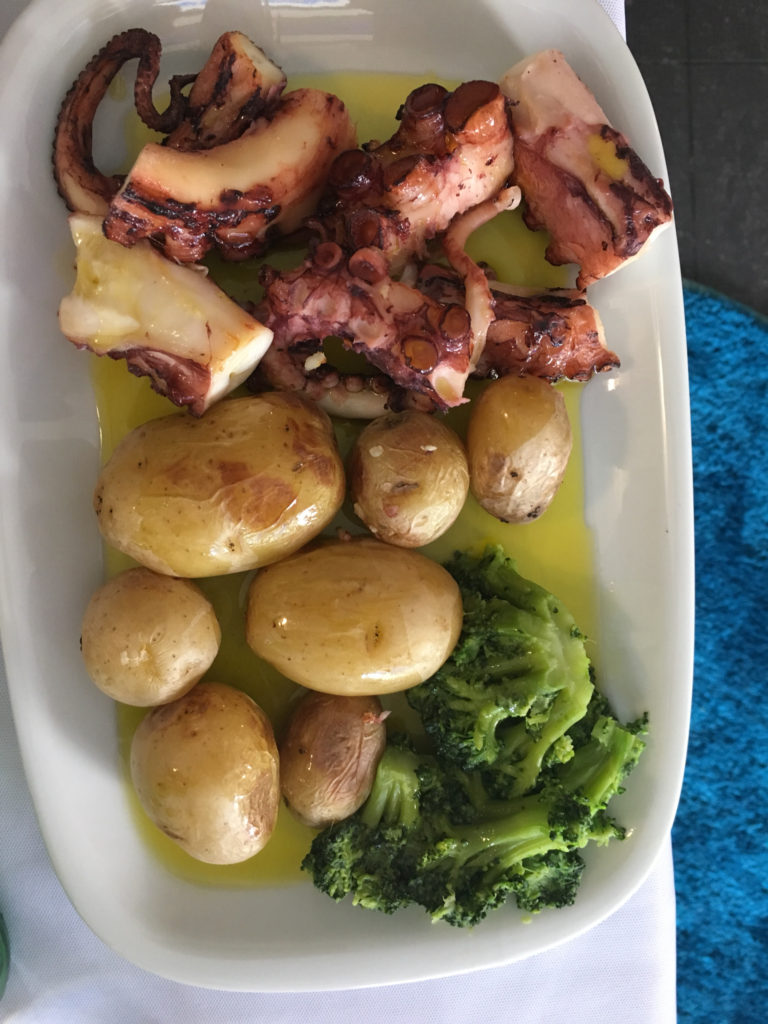
She told us that when it came to wine she was French – “any bottle of wine bottled is a drinkable” could not agree more. We ended up purchasing a single or mono grape wine and a pink port that will be drunk in the summer with added fruits and sparkling water making a very refreshing drink.
Next, we drove to the river bend town off Pinhao, stopping at two more wineries, Quinta da Bofim and Quinta da Bopa, next lunch at a typical Portuguese fonda, where David ordered the octopus and me a bacalao salad, for dessert freshly baked Natas.
Time to head out toPorto, the drive out of the river valley, was a series of zig-zagging through barely two-lane highways, hugging the cliff’s edge…..I will compare it to the drive to Hana in Maui.
Once we got on the toll roads our next experience was a 5.7-kilometer tunnel, it was fun to hear Gloria go nuts and instructing us to right and left turns into solid granite walls, it took her a while to get back online after we left the tunnel.
A little education about Port: a Portuguese fortified wine produced exclusively in the Douro Valley in the northern provinces of Portugal. It is typically a sweet, red wine, often served as a dessert wine, though it also comes in dry, semi-dry, and white varieties. Fortified wines in the style of port are also produced outside Portugal, but Protected Designation of Origin guidelines, only the product from Portugal may be labeled as Port or Porto.
The Douro valley where port wine is produced was defined and established as a protected region in 1756, making it the third oldest, after Chianti.
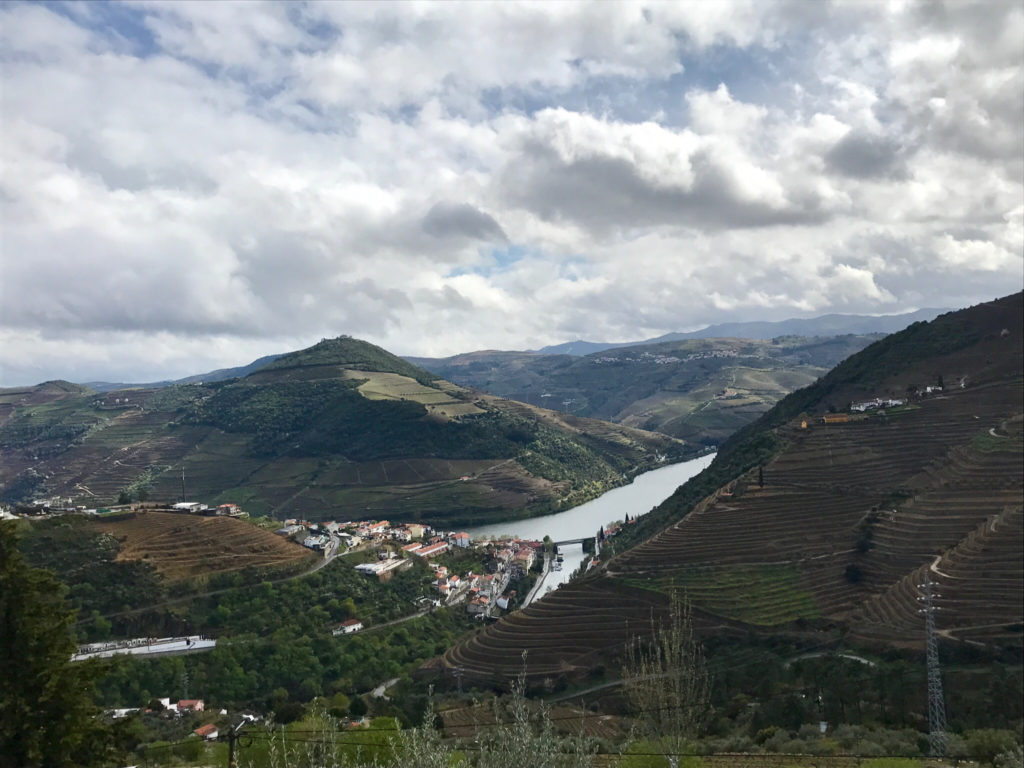
The reaches of the valley of the Douro River in northern Portugal have a microclimate that is optimal for the cultivation of olives, almonds, and especially grapes important for making port wine. The region around Pinhão and São João da Pesqueira is considered to be the center of port production, and is known for its picturesque Quintas—farms clinging on to almost vertical slopes dropping down to the river.
There are 3 official zones that comprise the Douro region the Baixo (lower) Corgo, the Cima (higher) Corgo, and the Douro Superior.
Over a hundred varieties of grapes are sanctioned for port production, although only five (Tinta Barroca, Tinta Cão, Tinta Roriz (Tempranillo), Touriga Francesa, and Touriga Nacional) are widely cultivated and used.
Port comes in a variety of colors and styles; Tawny, Colheita, Garraferia, Reserve, Rose, White, late bottle vintage Port, Crusted, and Vintage Ports.
Our home for the next two nights…..Porto, also known as Oporto in English, is the second largest city in Portugal after Lisbon.
Located along the Douro river in Northern Portugal, Porto is one of the oldest European centers, and its historical center is a Unesco World Heritage site.
The history of Porto dates back to around 300 BC with Proto-Celtic and Celtic people being the first known inhabitants. Ruins of that period have been discovered in several areas. During the Roman occupation of the Iberian Peninsula, the city developed as an important commercial port.
In the 14th and 15th centuries, Porto’s shipyards contributed to the development of Portuguese shipbuilding. It was also from the port of Porto that, in 1415, Prince Henry the Navigator embarked on the conquest of the Moorish port of Ceuta, in northern Morocco. This expedition by the King and his fleet, which counted among others Prince Henry, was followed by navigation and exploration along the western coast of Africa, initiating the Portuguese Age of Discovery.
Our riverfront hotel was built in the mid 19th century and is one of the most remarkable examples of Portuguese Baroque architecture of the city. The facade of the Hotel Palacio Do Freixo was declared a National Monument in 1910. Its interior has been beautifully restored, maintaining many original features of the Palace including frescos on the ceilings of some of the public rooms. It also has a chapel.
Our room has a magnificent view over the Douro river.
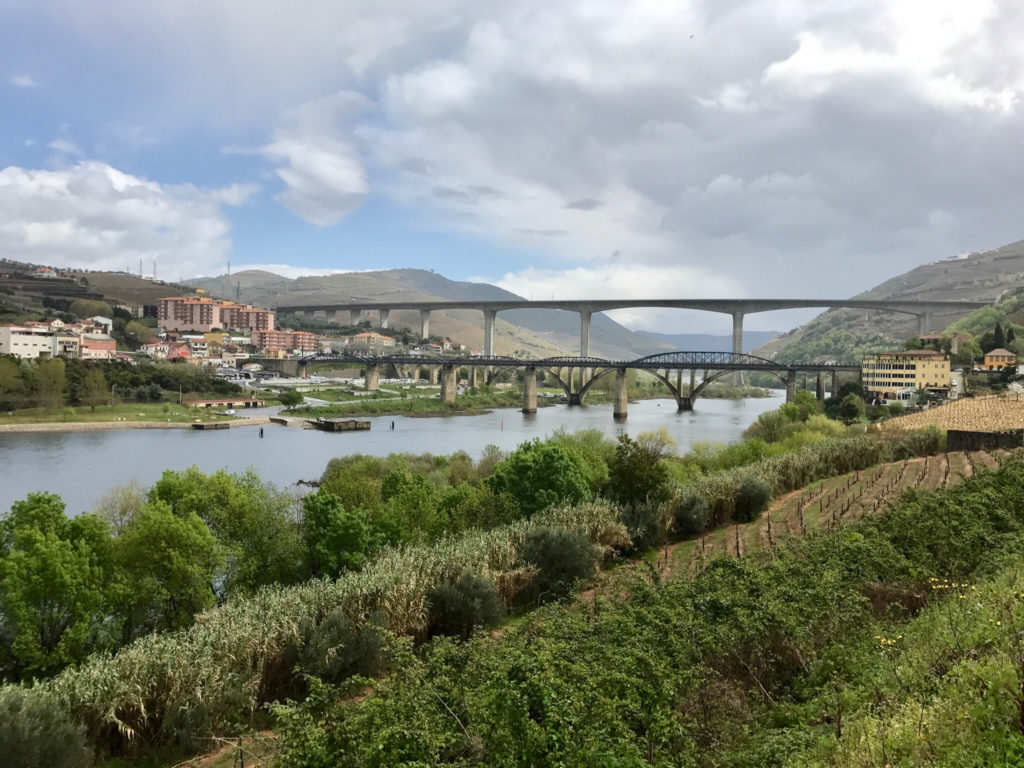
Tomorrow we explore the city, hope the weather changes – today we experienced our first rain in two weeks travels.
